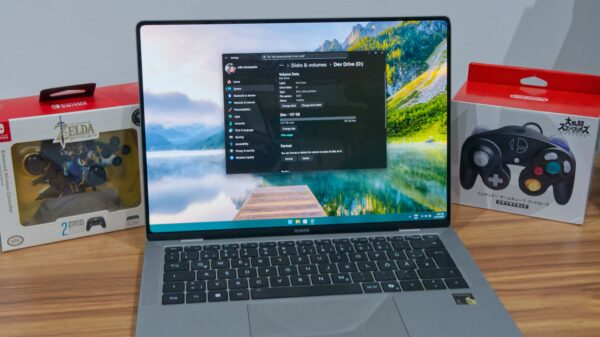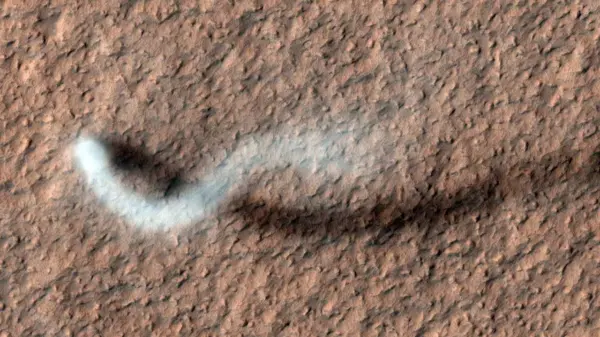Two experts from the University of Cincinnati have shed new light on ancient Greek history through their recent discoveries showcased at the Metropolitan Museum of Art in New York and the Getty Museum in Los Angeles. Jack Davis, a classics professor, and senior research associate Sharon Stocker presented findings from their archaeological work at an olive grove in Greece, where they uncovered a 3,500-year-old grave containing the remains of a warrior dubbed the “Griffin Warrior.” This significant find has garnered attention for its rich array of artifacts and its implications for understanding Mycenaean culture.
A Warrior’s Resting Place Revealed
The discovery of the Griffin Warrior’s tomb in 2015 marked a pivotal moment in archaeological research. The grave contained an impressive collection of items, including weaponry, jewelry, and an intricate ivory piece depicting a griffin. This suggests that the individual was not just a common soldier but a figure of considerable status during the Bronze Age.
Among the most striking finds was a sealstone that features a detailed depiction of a battle scene, providing a vivid glimpse into the martial culture of ancient Greece. According to The National Herald, these artifacts have sparked significant discussions among archaeologists and historians about the social and political dynamics of the time.
Continued Discoveries and Recognition
Davis and Stocker did not stop with the initial discovery. They continued their excavations, uncovering additional tombs that yielded even more fascinating artifacts, including engravings and various ceremonial items. The breadth of their findings offers a comprehensive view of life in Mycenaean Greece, illuminating aspects of culture that have remained obscure until now.
For those interested in experiencing these ancient treasures firsthand, the Getty Museum in Los Angeles is currently exhibiting a selection of these artifacts until January 12, 2024. The exhibition serves as a testament to the dedication and perseverance of Davis and Stocker over the years.
In recognition of their contributions to the field, both scholars have authored a new book titled “The Kingdom of Pylos: Warrior-Princes of Mycenaean Greece.” This publication not only highlights their discoveries but also includes high-quality images of the artifacts that have captivated audiences and scholars alike. Their work has also earned them accolades from the Greek government, including the prestigious Commander of the Order of the Phoenix medals, acknowledging their significant impact on the study of ancient Greek history.
As the world continues to explore its past, the findings by Davis and Stocker stand as a remarkable reminder of the rich tapestry that ancient civilizations have woven into the fabric of history.



































































